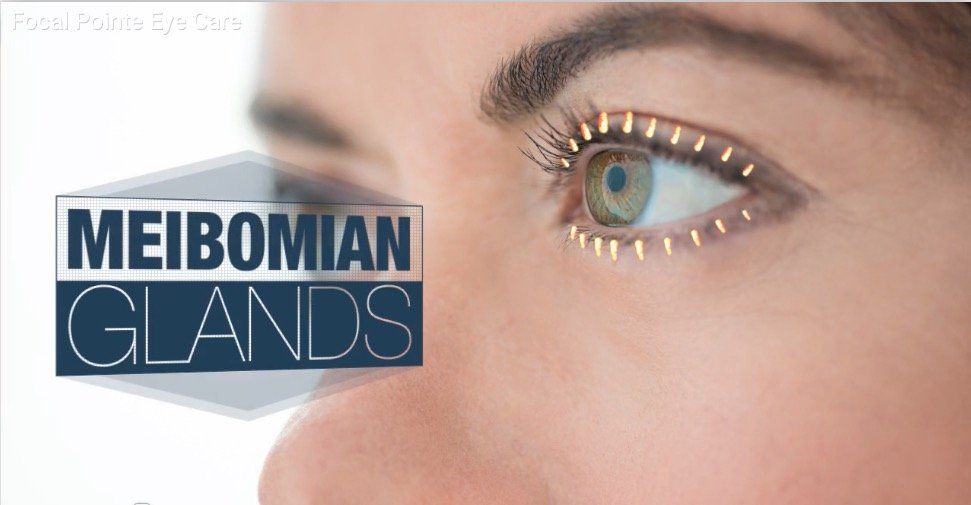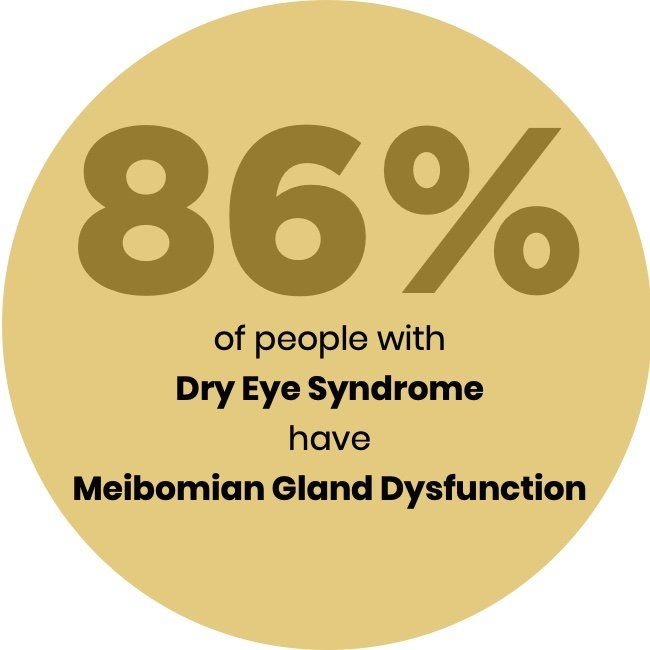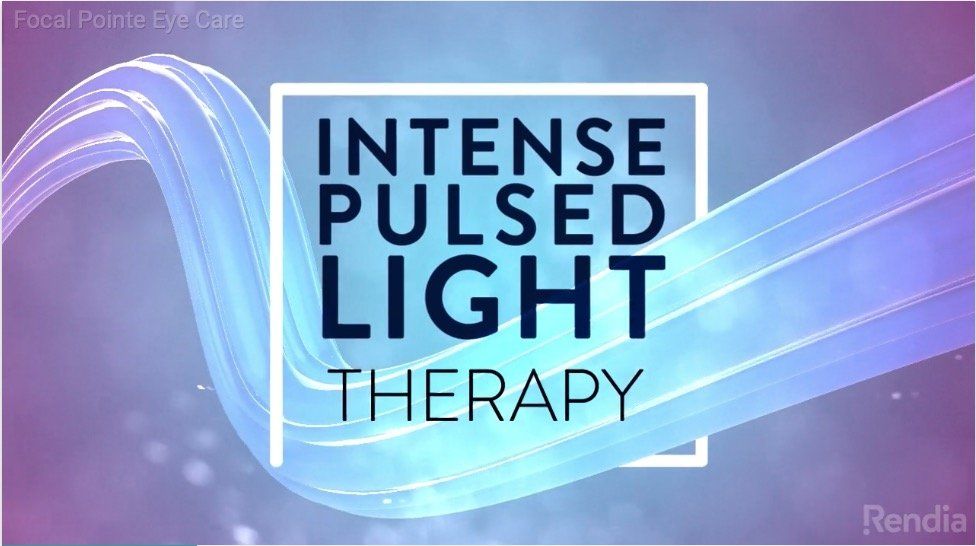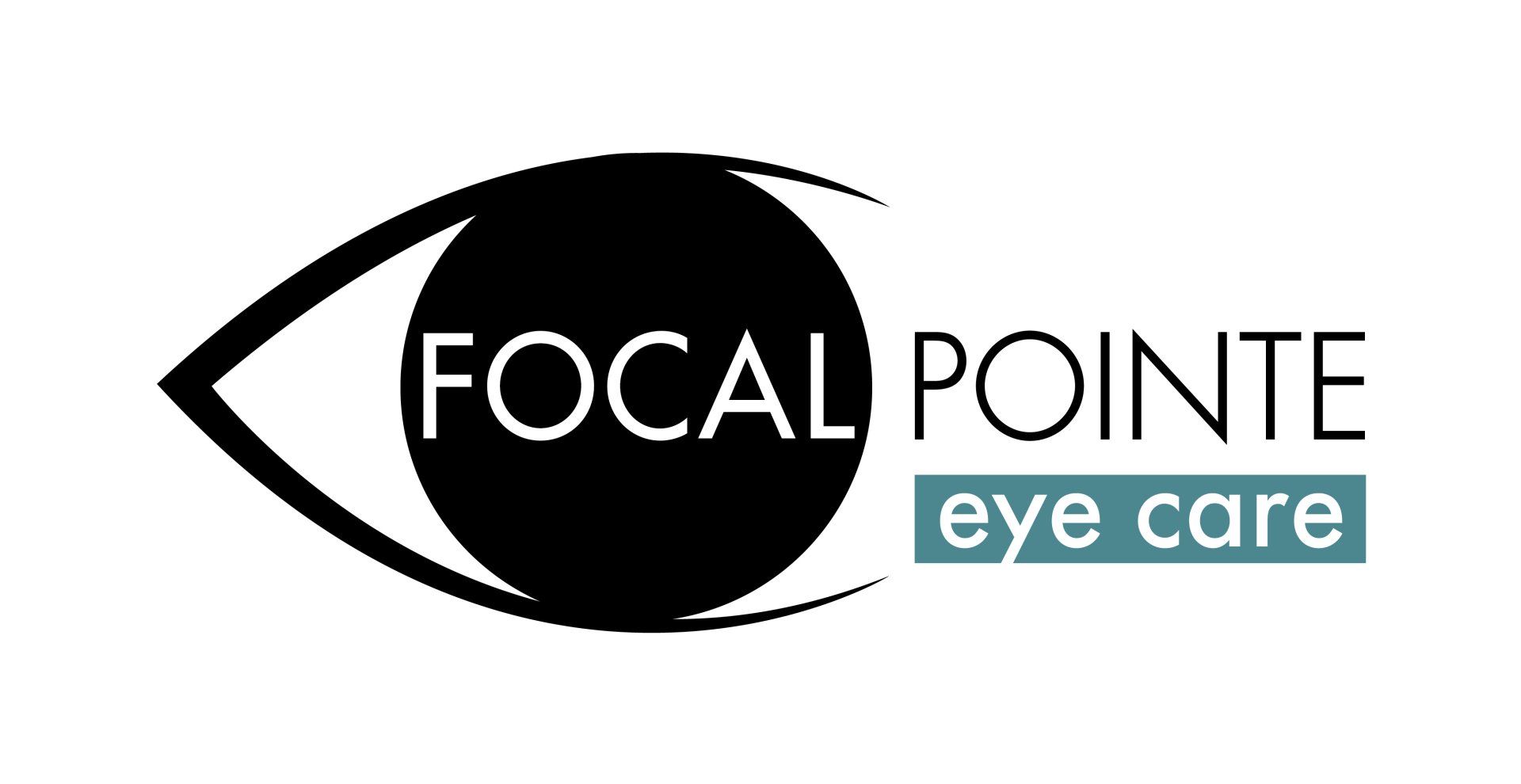
MEIBOMIAN GLAND DYSFUNCTION TREATEMENT IN WEST CHESTER OHIO
MEIBOMIAN GLAND DYSFUNCTION
Button
WHAT IS MEIBOMIAN GLAND DYSFUNCTION?
Meibomian Gland Dysfunction, or MGD, is a common condition that occurs when there is a compromise to the function and/or structure of the meibomian glands in the eyelids.
These glands produce an oil called meibum. This protective oil along with a watery layer and a mucus layer make up the tear film that keeps your eyes moist.
When the meibomian glands are blocked, less meibum is secreted into the tear film which causes your tears to evaporate more quickly. The result is dry, irritated eyes.

IS MGD CAUSING YOUR DRY EYES?

SYMPTOMS of MGD
- Red and/or itchy eyes
- Eye watering
- A foreign body sensation in one or both eyes
- Burning sensation in the eyes
- Sensitivity to light
- Intermittent blurry vision
DIAGNOSING MEIBOMIAN GLAND DYSFUNCTION
During a dry eye exam Dr. Fisher will closely examine your eyelids to inspect the gland openings. She will also assess the quality and quantity of your tears and take images of your eyes.
This combination of tests will allow her to properly diagnosis Meibomian Gland Dysfunction and recommend treatment.
TREATING MGD
Possible treatments for MGD include:
- Warm compresses, eyelid hygiene and manual massage
- Topical prescription medication for infection or inflammation
- Over-the-counter tear replacements and lubricants
- Punctal plugs inserted into the tear ducts
- Tear Care Treatment
- Treatment with Intense Pulsed Light(IPL)Therapy
Your doctor will determine the best treatment for you based on the results of your eye evaluation.
Schedule a Dry Eye Exam
Thank you for contacting Focal Pointe Eye Care. A member of our team will review your inquiry and respond to you within one business day.
If your need a faster response, please call us at 513-779-3937. If you have an eye emergency, please call our phone number and listen for instructions.
Please try again later

The two-minute video provides a demonstration of how TearCare is applied and used to treat MGD.
TEARCARE TREATMENT FOR MGD
Most cases of dry eye are caused by insufficient oil (meibum)being secreted from the meibomian glands. This is known as mebomian gland dysfunction (MGD).
TearCare is a wearable device that delivers targeted heat directly to meibomian glands to help liquify and remove blockages.
TearCare is unique in that it is an open eye device. This allows for normal blinking during the procedure which helps to remove meibomian gland obstructions. After the procedure, your doctor may manually express the glands to clear any remaining blockages released during the treatment.
TearCare treatment takes about 20 minutes and patients typically see an improvement in symptoms after the first treatment. TearCare effects last for six to 12 months.
INTENSE PULSED LIGHT (IPL)FOR MGD
Intense pulsed light (IPL) therapy treats the underlying causes of meibomian gland dysfunction (MGD) and dry eye syndrome, providing relief of dry eye symptoms.
During treatment, light energy from IPL warms the meibomian glands to help loosen up blockages. This helps restore the normal function of the meibomian glands over time.
Inflammatory processes such as rosacea and telangiectasia can also contribute dry eye. Another benefit of IPL treatment is that it seals off small, broken, or dilated blood vessels to decrease the inflammation around the eye and reduce dry eye symptoms.
IPL therapy is performed in our office and takes about 15 minutes. Most patients experience little or no discomfort and there is no downtime after the procedure.
The majority patients notice an improvement in symptoms after the first treatment. However, to get the best results, it is recommended to have an additional treatment every 1-2 months for up to 4 treatments. Maintenance treatments once or twice a year are recommended for optimal results.

This two-minute video shows how IPL therapy is used to treat Meibomian Gland Dysfunction.
Meibomian Gland Dysfunction is one of the leading causes of dry eye syndrome and fortunately there are many treatment options available to offer relief. Schedule a dry eye exam with Focal Pointe Eye Care. Our doctors will discuss which treatments can help you the most. It's time to stop suffering from dry eyes, give us a call.
CONTACT US
GET IN TOUCH
Website Footer Form
Thank you for contacting Focal Pointe Eye Care. A member of our team will review your inquiry and respond to you within one business day.
Contacting us on the weekend? Most inquires receive a response on Monday afternoon.
If your need a faster response, please call us at 513-779-3937 during regular business hours.
If you have an eye emergency, please call our phone number and listen for instructions.
Please try again later
Office Hours:
M: 10:30am-5:00pm
Tu: 9:00am-5:00pm
W: 9:00am-5:00pm
Th: 9:00am-5:00pm
F: 9:00am-3:00pm
